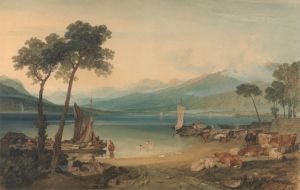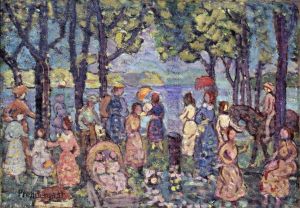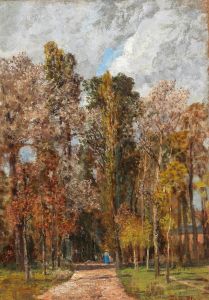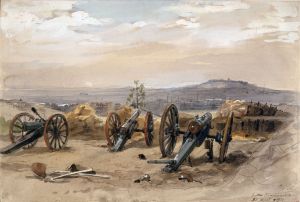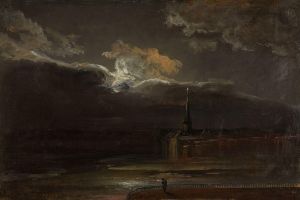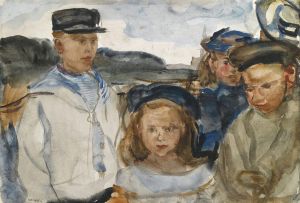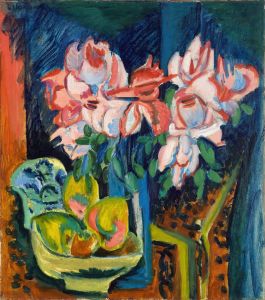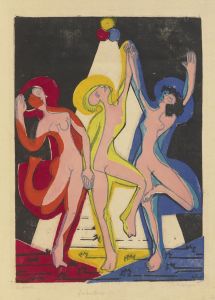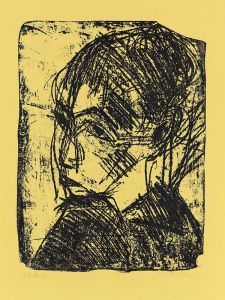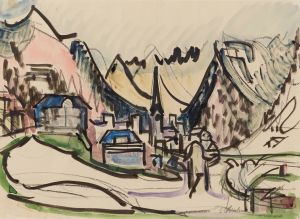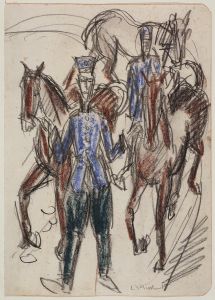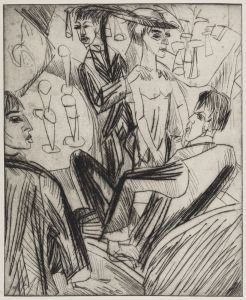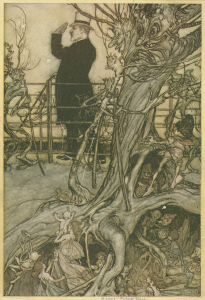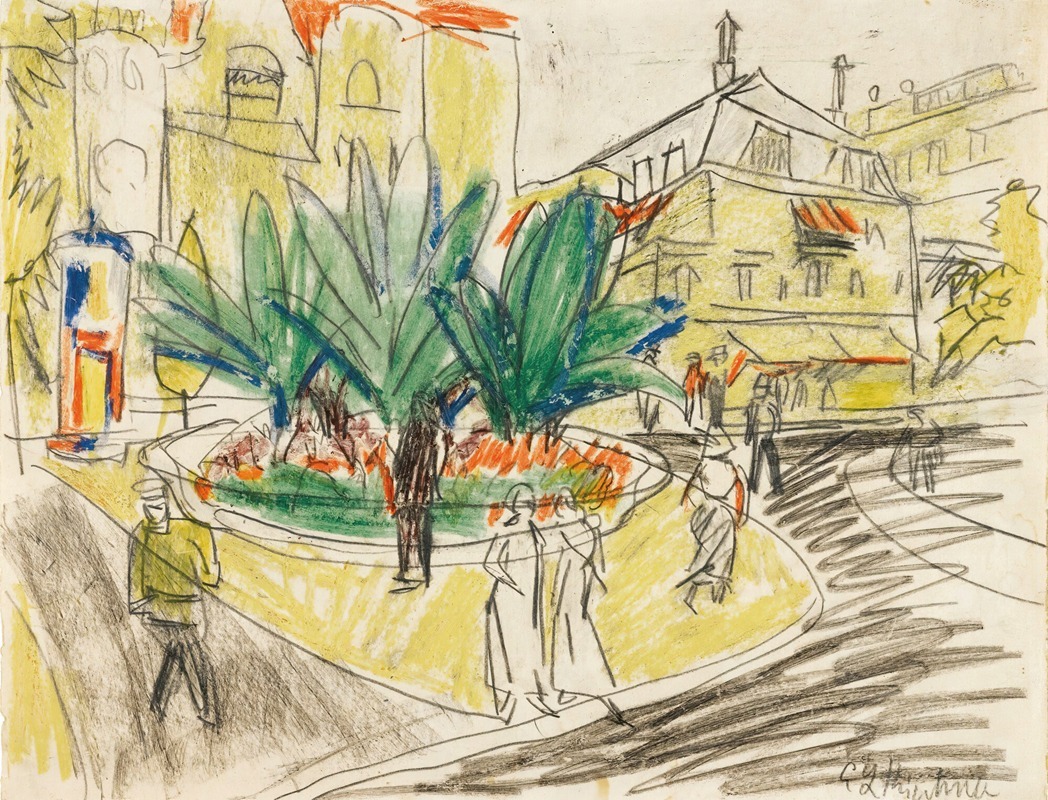
The Bosquet In Albertplatz In Dresden
A hand-painted replica of Ernst Ludwig Kirchner’s masterpiece The Bosquet In Albertplatz In Dresden, meticulously crafted by professional artists to capture the true essence of the original. Each piece is created with museum-quality canvas and rare mineral pigments, carefully painted by experienced artists with delicate brushstrokes and rich, layered colors to perfectly recreate the texture of the original artwork. Unlike machine-printed reproductions, this hand-painted version brings the painting to life, infused with the artist’s emotions and skill in every stroke. Whether for personal collection or home decoration, it instantly elevates the artistic atmosphere of any space.
"The Bosquet In Albertplatz In Dresden" is a painting by the German expressionist artist Ernst Ludwig Kirchner. Kirchner, born on May 6, 1880, in Aschaffenburg, Germany, was a founding member of the influential artist group Die Brücke (The Bridge), which played a pivotal role in the development of Expressionism in the early 20th century. The group sought to create a new style that would bridge traditional academic art with modernist ideas, emphasizing raw emotion and vibrant color.
Kirchner's work is characterized by bold colors, dynamic compositions, and a focus on the human figure and urban life. "The Bosquet In Albertplatz In Dresden" is no exception. Painted in 1911, this piece captures a scene in Albertplatz, a well-known public square in Dresden, where Kirchner lived and worked for several years. Dresden was a significant cultural center at the time, and its vibrant urban life provided ample inspiration for Kirchner and his contemporaries.
In "The Bosquet In Albertplatz In Dresden," Kirchner employs his signature style, using exaggerated forms and intense colors to convey the energy and atmosphere of the scene. The painting depicts a group of people gathered in the bosquet, or grove, of Albertplatz. The figures are rendered in a somewhat abstract manner, with elongated limbs and simplified features, typical of Kirchner's approach to the human form. The use of bold, contrasting colors creates a sense of movement and vitality, drawing the viewer's eye across the canvas.
Kirchner's choice of subject matter reflects his interest in modern urban life and the interactions between people in public spaces. The painting captures a moment of leisure and socialization, with individuals engaged in conversation or simply enjoying the surroundings. This focus on everyday scenes and the human experience is a hallmark of Kirchner's work and the broader Expressionist movement.
The composition of "The Bosquet In Albertplatz In Dresden" is dynamic, with a strong sense of depth and perspective. Kirchner uses diagonal lines and overlapping forms to create a sense of space and movement, guiding the viewer's eye through the scene. The vibrant colors and bold brushstrokes further enhance the sense of energy and immediacy, making the painting a striking example of Kirchner's expressive style.
Ernst Ludwig Kirchner's work, including "The Bosquet In Albertplatz In Dresden," has had a lasting impact on the development of modern art. His innovative use of color, form, and composition helped to define the Expressionist movement and influenced subsequent generations of artists. Today, Kirchner's paintings are celebrated for their emotional intensity and unique vision, and they continue to be studied and admired by art enthusiasts and scholars alike.
"The Bosquet In Albertplatz In Dresden" remains an important piece within Kirchner's oeuvre, exemplifying his ability to capture the essence of urban life through his distinctive artistic lens. The painting is a testament to Kirchner's skill as an artist and his contribution to the evolution of modern art in the early 20th century.





